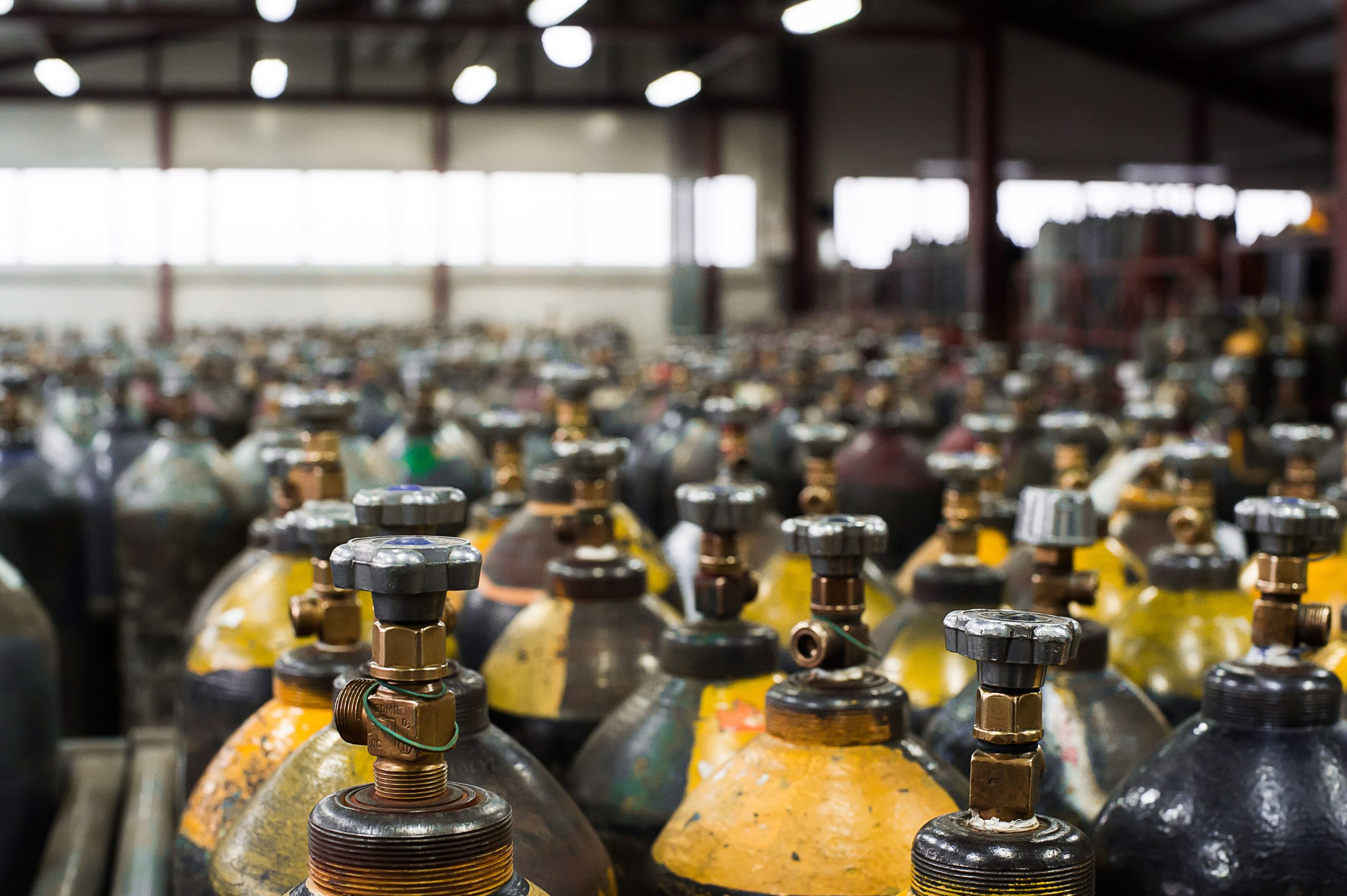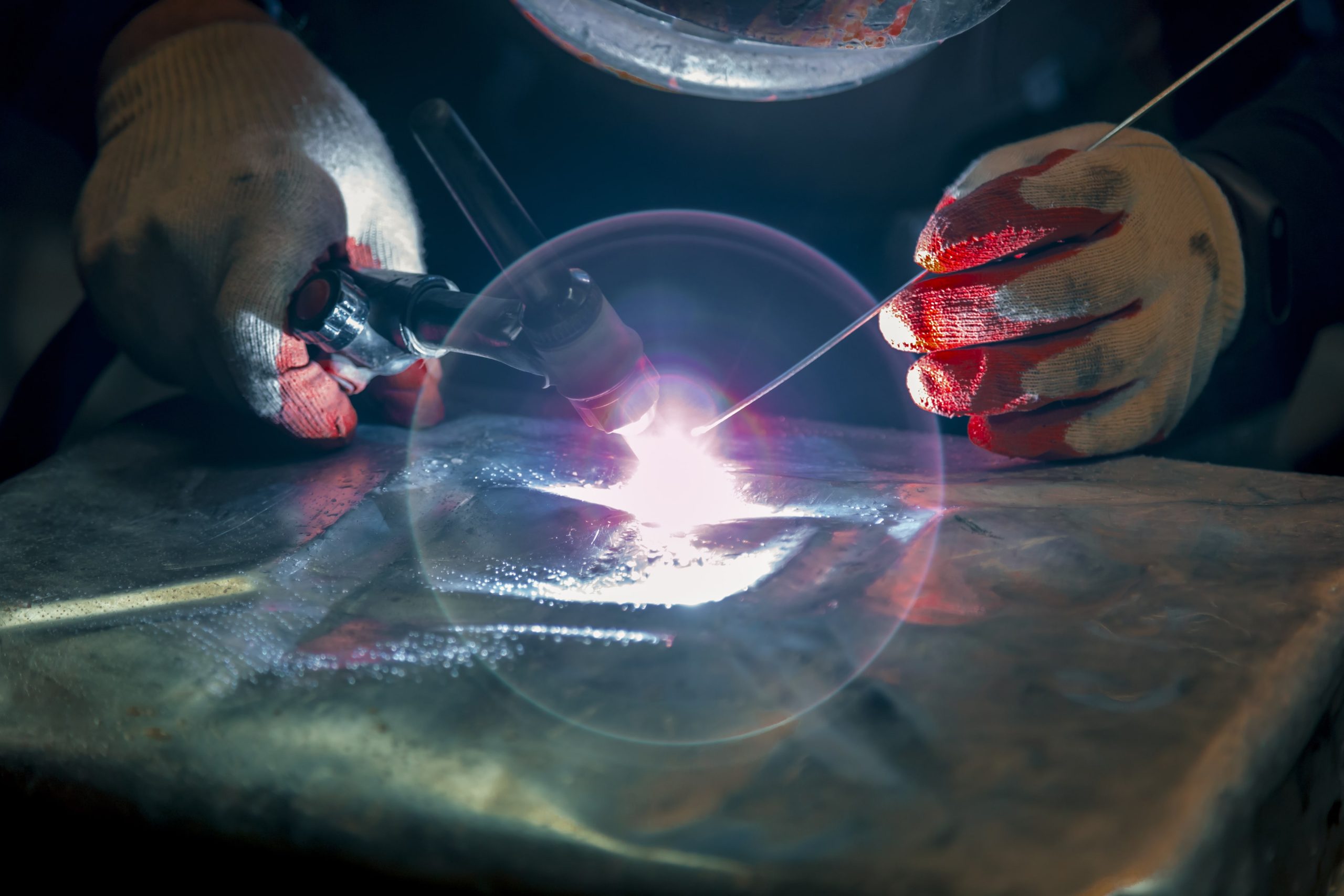Argon Cost and Availability
Argon makes up approximately 1% of the earth’s atmosphere and it is produced as part of the air separation process (cryogenic distillation of air) that also produces oxygen and nitrogen.* The larger the Air Separation Unit (ASU), the more argon can be potentially produced. Not all ASUs capture the argon, and not all liquid argon is produced as fully refined argon.
There are some plants that produce “crude argon,” which is either sold as-is as an oxygen-enriched welding mixture or shipped to another ASU with a large enough argon refinery to clean up the crude to industrial grade (99.997%). Air separation by cryogenic distillation uses tens of thousands of horsepower of electric motors to drive massive compression equipment. This means that the primary argon cost driver is electric power. Labor and transportation expenses, including diesel fuel, also play a role in the cost of delivered argon.
Argon is one of the few industrial gases that is also moved by rail from large individual air separation plants and multi-plant pipeline complexes to regions served by ASUs too small to produce enough argon to satisfy local demand. Rising rail costs and declining rail service levels add to the cost of argon in many parts of the country.
* Rare gases, including krypton, neon and xenon, are also produced by the air separation process but only at the largest plants (typically >2000tpd of capacity).




